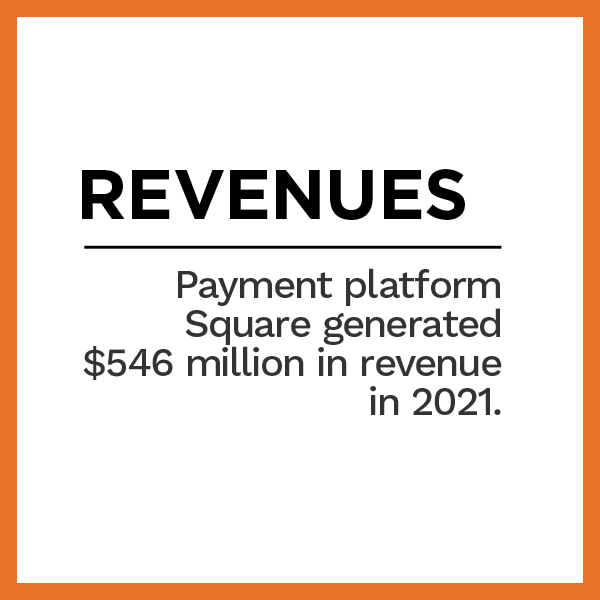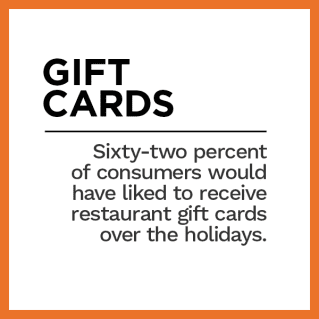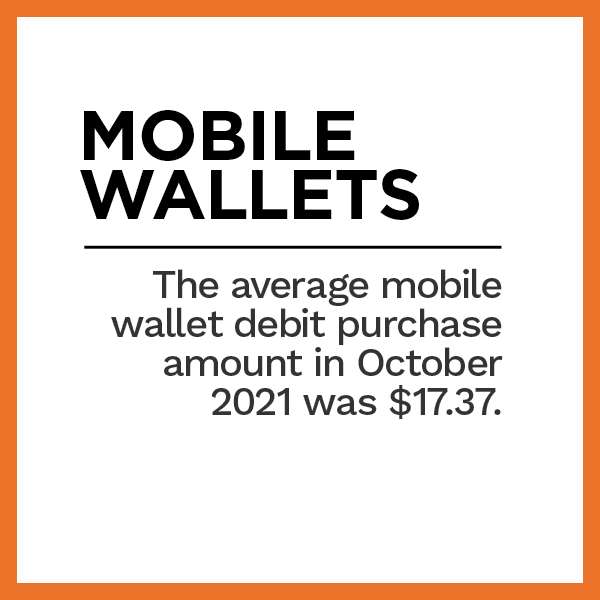Decoupled Debit Turns Foreign Exchange Fees Into Donations for Frequent Travelers

Consumers are becoming more comfortable using emerging technologies to make payments as these tools become more trustworthy and convenient. The desire for contactless payment options and potential cost savings leads to a spike in decoupled debit cards, which are issued and operated by entities other than traditional banks or credit unions.
Many of the fees and rules that accompany the debit products issued by traditional financial institutions (FIs) do not apply to decoupled cards, making them a desirable proposition. The lack of interchange fees issuing banks charge can also represent cost savings for retailers, and this can even be the deciding factor as to whether smaller retailers can afford to accept card payments.
In the January edition of the Next-Gen Debit Tracker®, PYMNTS explores the increasing use of contactless debit, the use of uncoupled branded debit cards linked to customers’ checking or savings accounts and loyalty programs that can entice them to spend more.
Around the Next-Gen Debit Space
FIs and retailers are establishing partnerships that can help them better target debit-based offerings toward younger, technology-savvy consumers, allowing merchants to cater to more than 20 million potential customers in the teenage and Gen Z market. As a result, some digital payment companies have lowered age restrictions to unleash the buying power of this growing demographic.
Meanwhile, restaurant point-of-sale (POS) platform Toast announced a suite of new products to improve how restaurant operators receive money, manage operations and pay and tip employees. The new products aim to help restaurant workers avoid late fees, overdraft fees or high-interest payday loans by granting them access to their wages sooner. Daily payouts, rather than long waits for paychecks, can help recruit workers to restaurants that cannot offer higher wages.
For more on these stories, visit the Tracker’s News and Trends section.
Currense a and giving customers ways to decouple from their traditional bank card
a and giving customers ways to decouple from their traditional bank card
Historically, larger banks cornered the debit market and were able to be the only show in town for issuing cards coupled with bank accounts. The rise of open banking and the proliferation of third-party FIs are changing the market, making it easier than ever for merchants and non-financial organizations to stamp their name on a debit card connected to a customer’s bank account.
In this month’s Feature Story, James Lynn, co-founder of U.K. FinTech company Currensea, talks about how the company’s decoupled travel debit card helps customers do away with high interchange fees and loyalty to large banks while helping save the environment and giving corporates the ability to connect with customers who demand more choices.
Deep Dive: The rise of decoupled debit and the potential impact of interchange fees
Decoupled debit cards, which are issued and operated by merchants or organizations and linked directly to a customer’s bank, are becoming much more popular. This change is due to the growth of open banking, making it easier to escape the clutches of larger banks that charge high interchange and membership fees in favor of branded cards that save consumers money and increase marketing opportunities for businesses and organizations.
A recent report found that debit purchases in October 2021 were up 35% compared to Oc tober 2019. Of those sales, card-not-present transactions made up 42% of that activity, and consumers confident about their finances are looking for ways to pay for purchases electronically while giving up loyalty to their bank.
tober 2019. Of those sales, card-not-present transactions made up 42% of that activity, and consumers confident about their finances are looking for ways to pay for purchases electronically while giving up loyalty to their bank.
This month’s Deep Dive examines the rising popularity of decoupled debit cards and how companies are looking to find safe and convenient ways to remove the middleman from the equation, especially for consumers demanding the convenience of contactless debit options who don’t want to be tied to traditional FIs.
About the Tracker
The Next-Gen Debit Tracker®, a PYMNTS and PULSE collaboration, examines how consumer spending preferences are changing, especially when it comes to debit and contactless payments, and how banks and retailers make it easier for consumers to leave the card at home.
